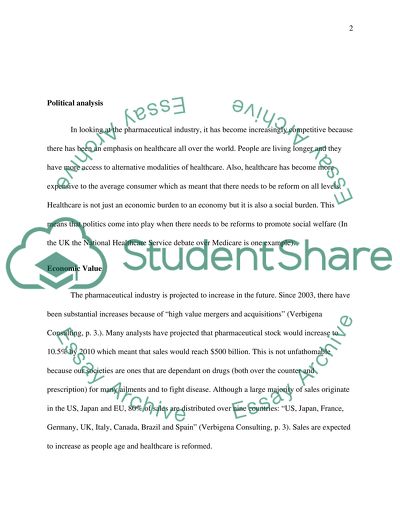Cite this document
(“STATEGIC MARKETING PLANNING AND COMMUNICATION Essay”, n.d.)
Retrieved from https://studentshare.org/macro-microeconomics/1424163-stategic-marketing-planning-and-communication
Retrieved from https://studentshare.org/macro-microeconomics/1424163-stategic-marketing-planning-and-communication
(STATEGIC MARKETING PLANNING AND COMMUNICATION Essay)
https://studentshare.org/macro-microeconomics/1424163-stategic-marketing-planning-and-communication.
https://studentshare.org/macro-microeconomics/1424163-stategic-marketing-planning-and-communication.
“STATEGIC MARKETING PLANNING AND COMMUNICATION Essay”, n.d. https://studentshare.org/macro-microeconomics/1424163-stategic-marketing-planning-and-communication.


